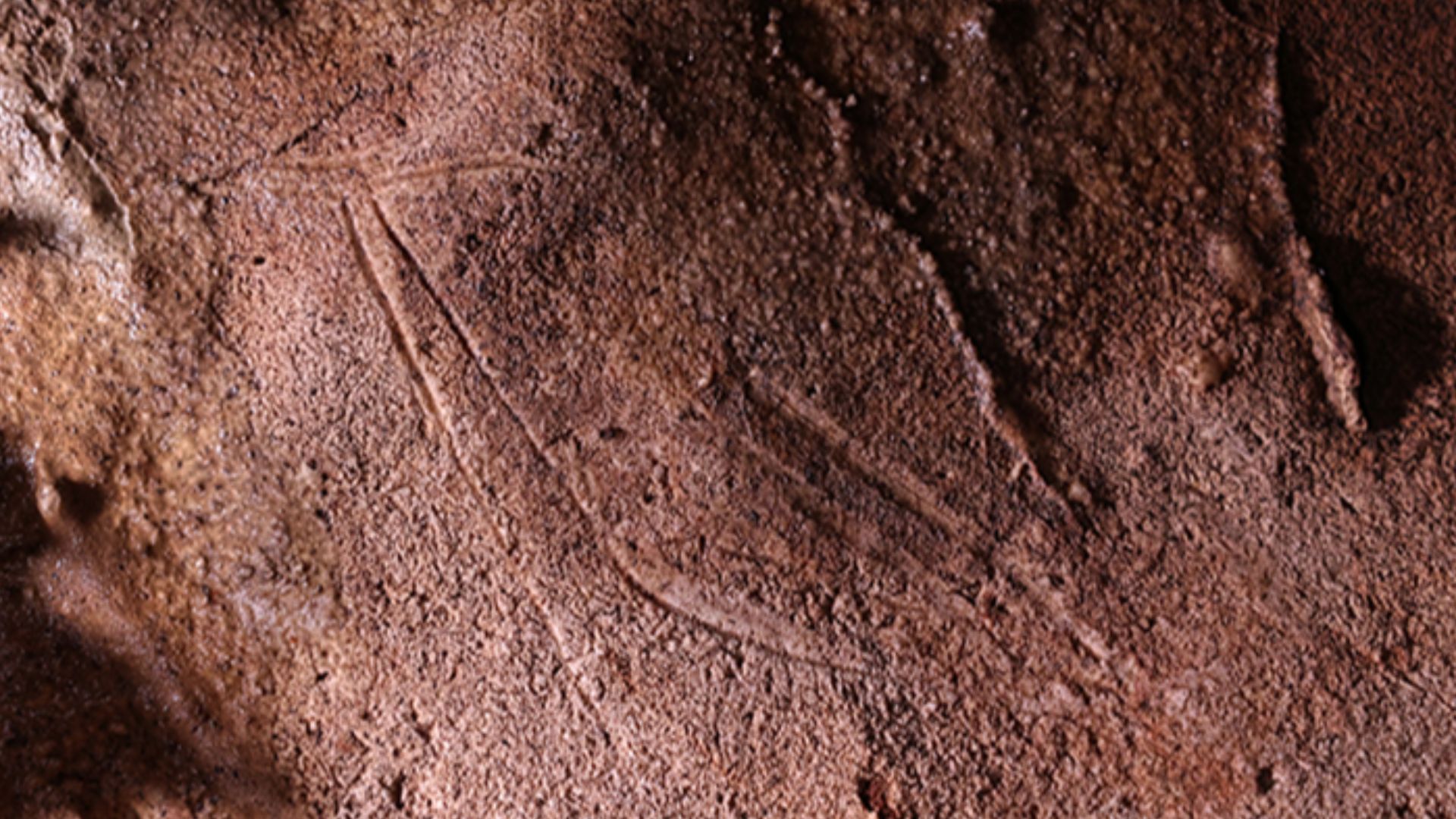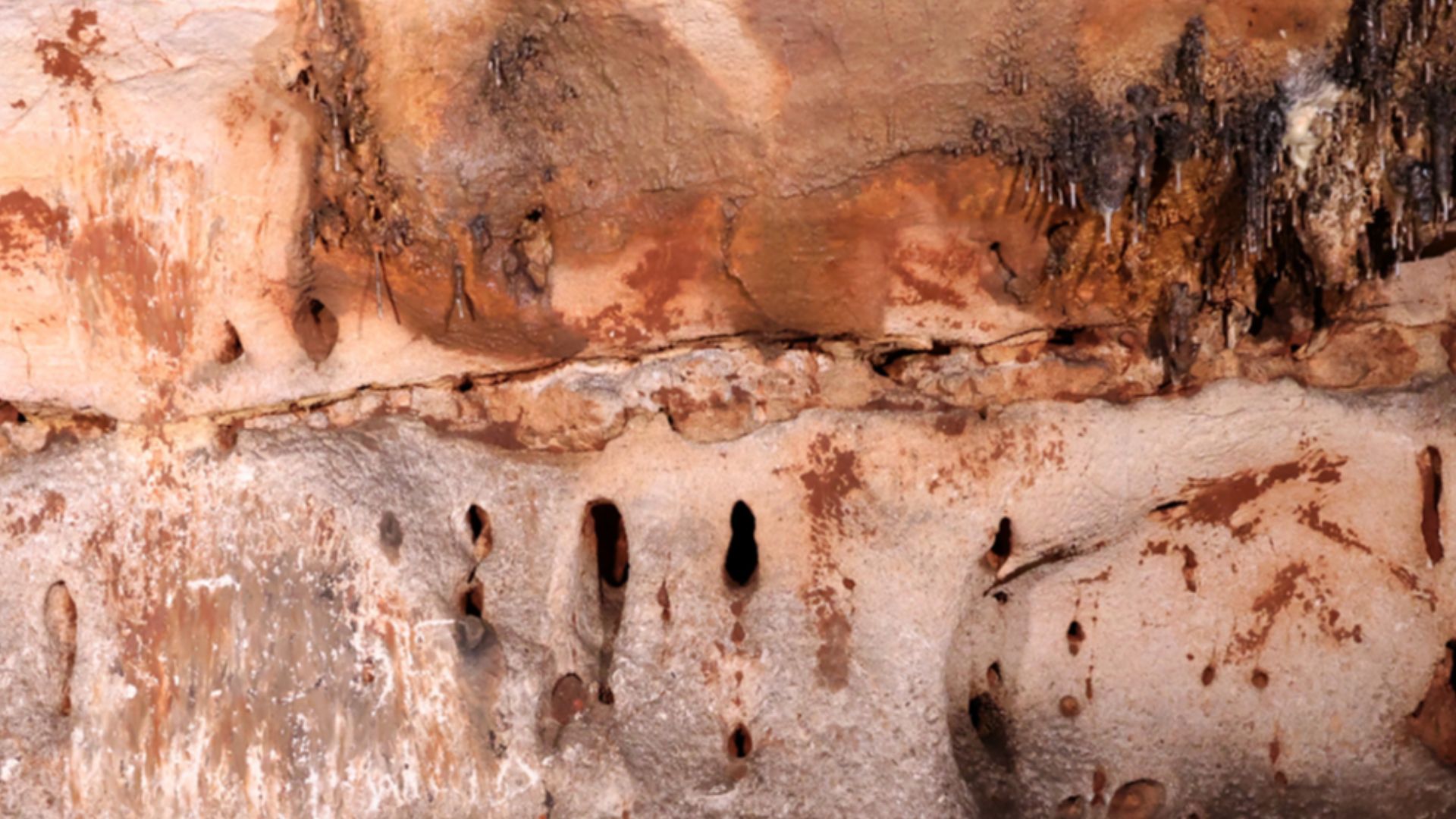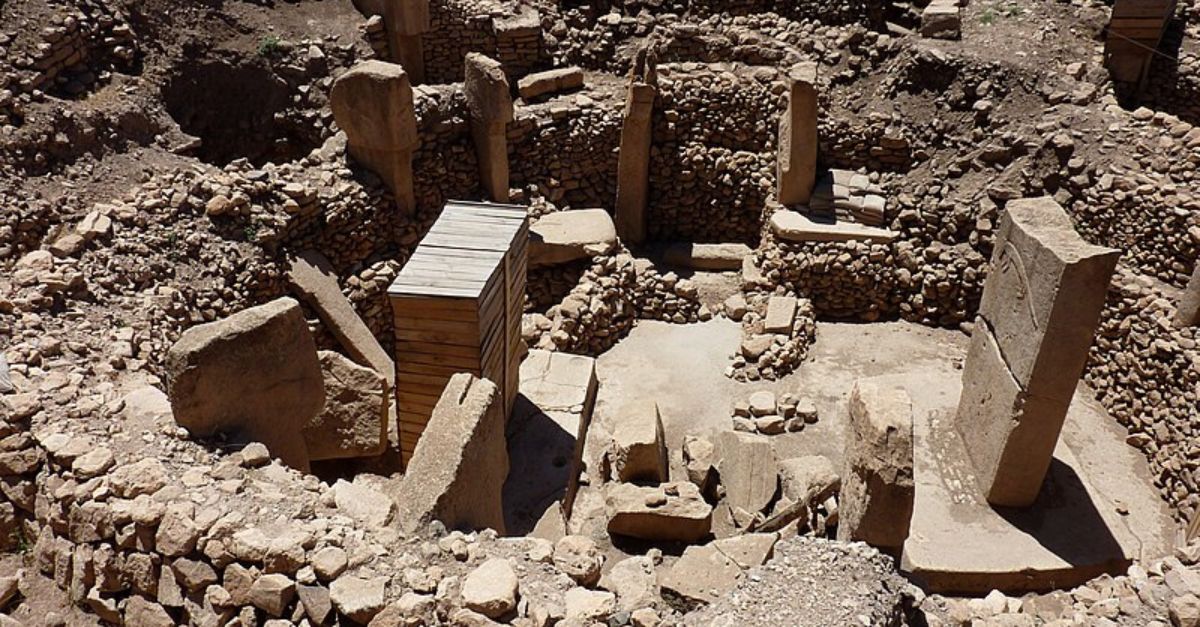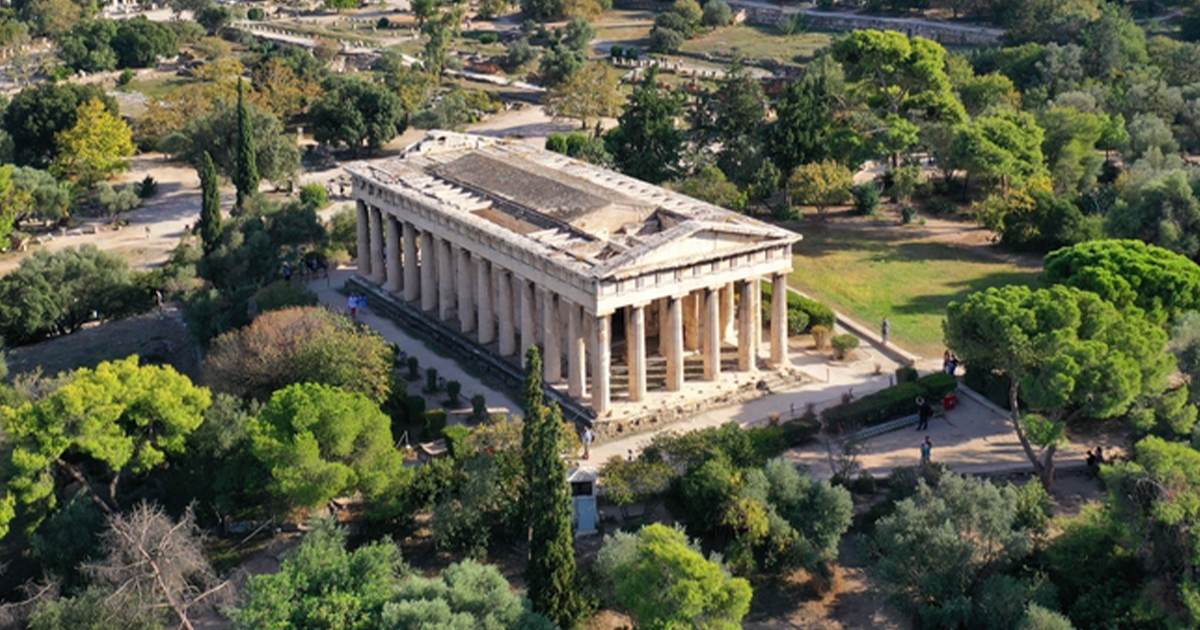Archaeology rarely gives experts a “two-for-one” discovery, but Cova Dones seems to scream, “I am the exception”. The cave, tucked into Valencia’s rugged limestone terrain, holds traces of people who walked its passages thousands of years apart.
Your curiosity will get a workout here, because each step into the darkness reveals new layers of human behavior. Stay with this story; there’s a lot to take in, and every detail brings you closer to the people who shaped these underground chambers.
Echoes Of Prehistoric Hands And Habits
Recent fieldwork inside Cova Dones confirmed more than one hundred prehistoric structures scattered across its chambers. These features include rock arrangements, possible hearth zones, and surfaces marked by repeated activity. Researchers date many of them to more than 24,000 years ago, long before settled farming. The sheer number hints at long-term use rather than brief visits.
Building on that, the cave’s size helps explain why ancient groups favored it. The main tunnel stretches hundreds of feet, with ceiling heights rising high. Sounds bounce off the limestone walls, giving visitors a low hum that feels almost alive. These geological traits suggest steady shelter and predictable temperatures, two things groups needed as they followed seasonal resources.
The physical evidence also shows repeated return trips, likely during tough winters or transitional seasons. Clusters of burned bone and stone flakes appear in multiple pockets of the cave. Each cluster suggests a task area, and they give you a glimpse of people preparing materials or staying dry while storms rolled outside.
Another point worth noting is the preservation itself. Spain’s dry, inland climate better protects charcoal, bone, and tool debris than many coastal regions. That preservation allows researchers to test microscopic residues from hearths to narrow down on more apparent timelines. This blend of climate and geology makes Cova Dones unusually informative for Ice Age studies.
All these details lead directly toward the next surprise sealed deeper inside the cave.
Where Rome Carved Out A Sacred Corner
Far beyond the prehistoric zones, archaeologists recently documented a Roman sanctuary hidden within a narrow lateral passage. The sanctuary sits about 650 feet from the entrance, hidden behind a bottleneck that forces visitors to squeeze through sideways. Once inside, the small chamber opens to a space with soot marks rising several feet up the wall.
Roman religious activity underground wasn’t uncommon, but sanctuaries this deep show deliberate isolation. Lamps lit the way and created flickering shadows on the limestone. Offerings were left in protected pockets of the chamber, and some surfaces carry tiny cuts consistent with ritual marks. The depth alone suggests votive practices meant to feel removed from daily life.
Historical records support the idea of hidden worship. Rome encouraged local traditions across its provinces, and cave sanctuaries often blended Roman customs with older Iberian beliefs. Cova Dones fits this pattern, with the sanctuary’s soot layers matching lamps used between the first and third centuries CE.
Another detail strengthens the sanctuary interpretation. The chamber has no natural light, so every visit requires careful preparation. Carrying flame deep into a cave system takes coordination, especially with temperature shifts and confined walls. That commitment points to ceremonies held with intention rather than casual gatherings.
With the Roman chamber documented, researchers now compare its layout to other European cave sanctuaries. Some show carved niches, while others emphasize acoustics. Cova Dones appears to prioritize privacy and controlled light.
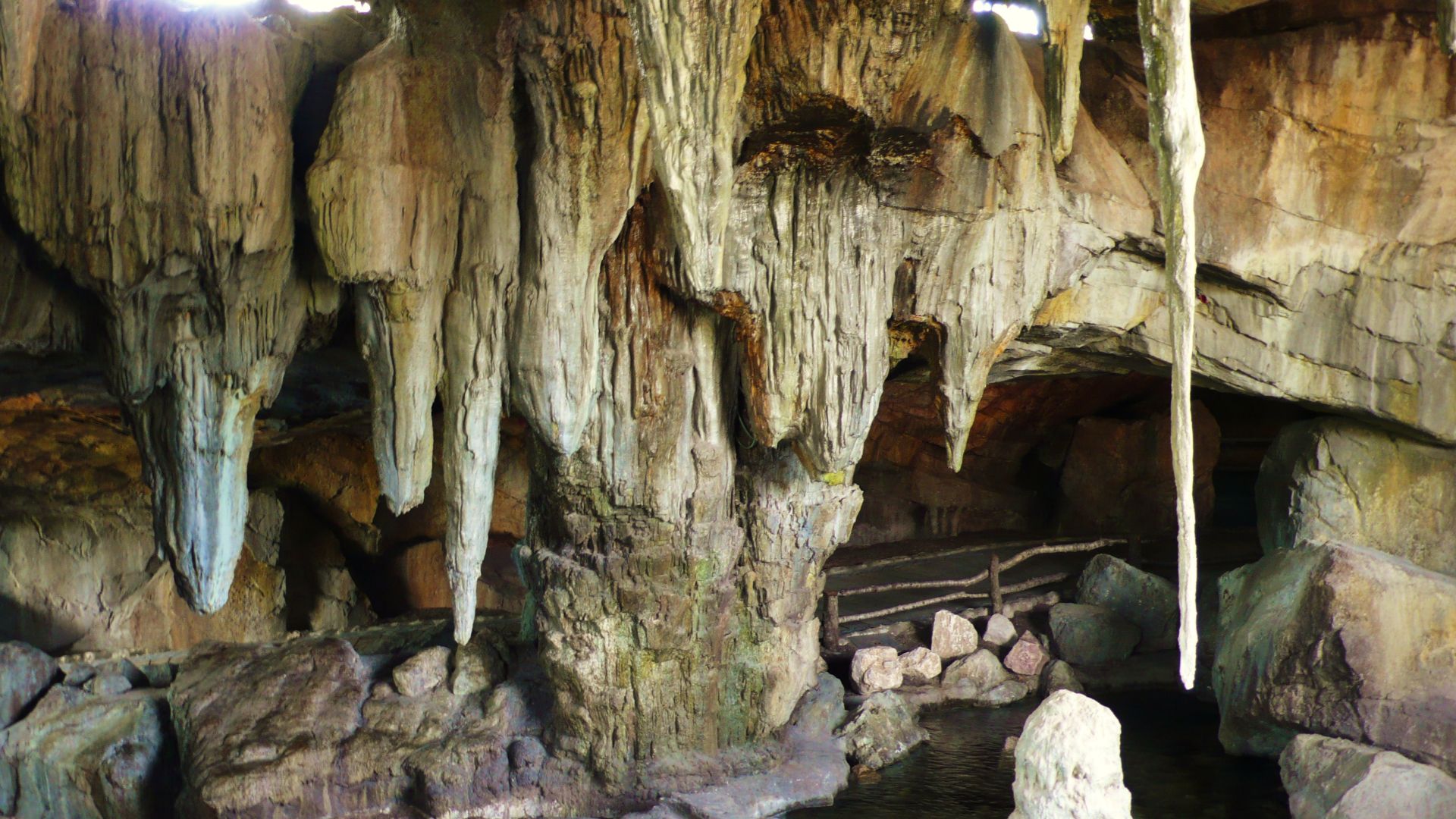 Alberto-g-rovi, Wikimedia Commons
Alberto-g-rovi, Wikimedia Commons
Layers That Tell Long Stories
Cova Dones works like a time capsule, but with stacked chambers instead of sealed boxes. The upper levels show Ice Age families adapting to harsh climates, while the deeper pocket highlights Roman religious life. Moving from one zone to another feels like passing through separate chapters of Mediterranean history.
Each layer gives archaeologists a richer picture of how people solved daily challenges, marked sacred time, and shaped their surroundings. Cova Dones pulls those threads together more tightly than many better-known sites, which makes it a remarkable stop on Europe’s archaeological map.
With new studies underway, you can expect more findings from those shadowed walls. Keep an eye on future reports, because caves like these tend to keep surprises waiting.



